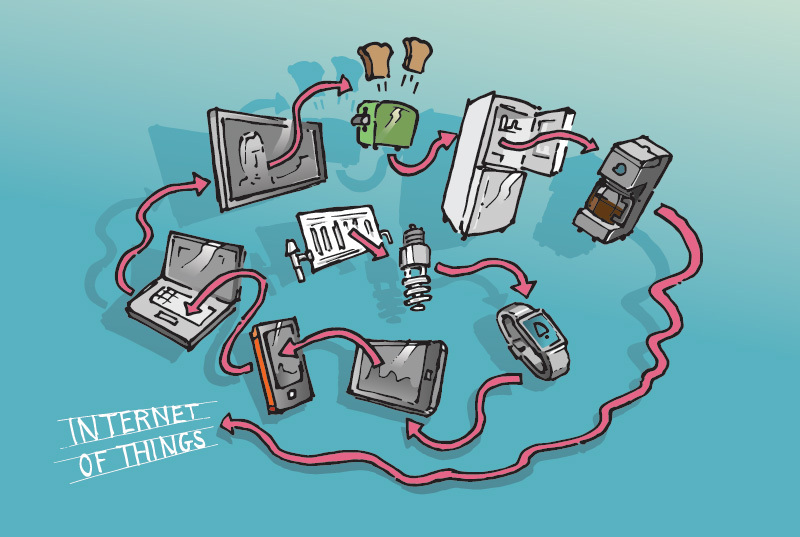Next week, the Internet of Things will be a major focus for executives in the telecoms, media and technology industry at the 14th Broadband World Forum.
There’s no doubt the Internet of Things is picking up pace. According to Juniper Research, smart home revenues will reach a global market value of $71 billion by 2018.
And, with Google paying £1.9 billion for smart thermostat provider Nest Labs, we could see an influx of new devices for the connected home market much sooner than we thought.
Currently, though, some existing smart products simply provide a stand-alone solution and are often seen as gimmicks.
>See also: The Internet of Things business process revolution
The question is: how can smart homes become more than a clever gimmick, and the connections between our houses and devices truly become part of our everyday lives?
Some vendors and analysts would answer interoperability. Only when smart-home products are combined and seamlessly integrated with other devices and technologies, will they become useful as an integral piece of a bigger smart-home ecosystem.
This leads to another question: do consumers and businesses want, or are they even ready, for this level of interconnectivity between devices and, more importantly, their information?
With Nest or Samsung’s Smart Things, the industry is getting an intimate knowledge of users’ homes and behaviour. In addition, the use of smartphones provides an even better picture for companies trying to determine what we need in our homes.
At this stage, the industry has yet to provide the necessary piece to tie all those devices inside an interoperable framework. We cannot count on a proprietary ecosystem or pseudo open standards. The answer must be implementing open standards.
Digital Living Network Alliance (DLNA) provides the open standards foundation and is ready to take the lead in helping to facilitate the necessary interoperability to make everything work together and provide the experience and direction to make the Internet of Things a true success.
The cross-industry DLNA Guidelines are at the heart of today’s connected home interoperability, and have enabled more than 3 billion devices to share personal content with each other in the home.
DLNA’s latest guidelines support the extended technology requirements for viewing subscription TV content on many devices in the home while also protecting the rights of the premium content developers.
CE device manufacturers began the VidiPath Certification process in September, and subscribers will be encouraged to look for the VidiPath brand when shopping for retail devices that are expected to arrive on store shelves later this year.
These products will deliver the full service provider experience on many different screens in the home – a task that should not be underestimated.
>See also: The Internet of Things will turn Hadoop architectures on their head
Thanks to DLNA and its new VidiPath Guidelines, consumers now have more choices for enjoying the full subscription TV content-viewing experience on multiple devices, and product manufacturers have a single standard to work to.
Service providers are also able to deliver content to multiple subscriber-owned devices with full quality, a consistent user experience and content protection, without additional equipment or multiple applications.
Essentially, interoperability is the success factor for the Internet of Things and connected home. Taking this route, and specifically working with DLNA to address the concerns, will improve the user experience and enable consumers to truly benefit from a connected world.
Sourced from Olivier Carmona, AwoX, and Mark Dawson, Broadband World Forum







